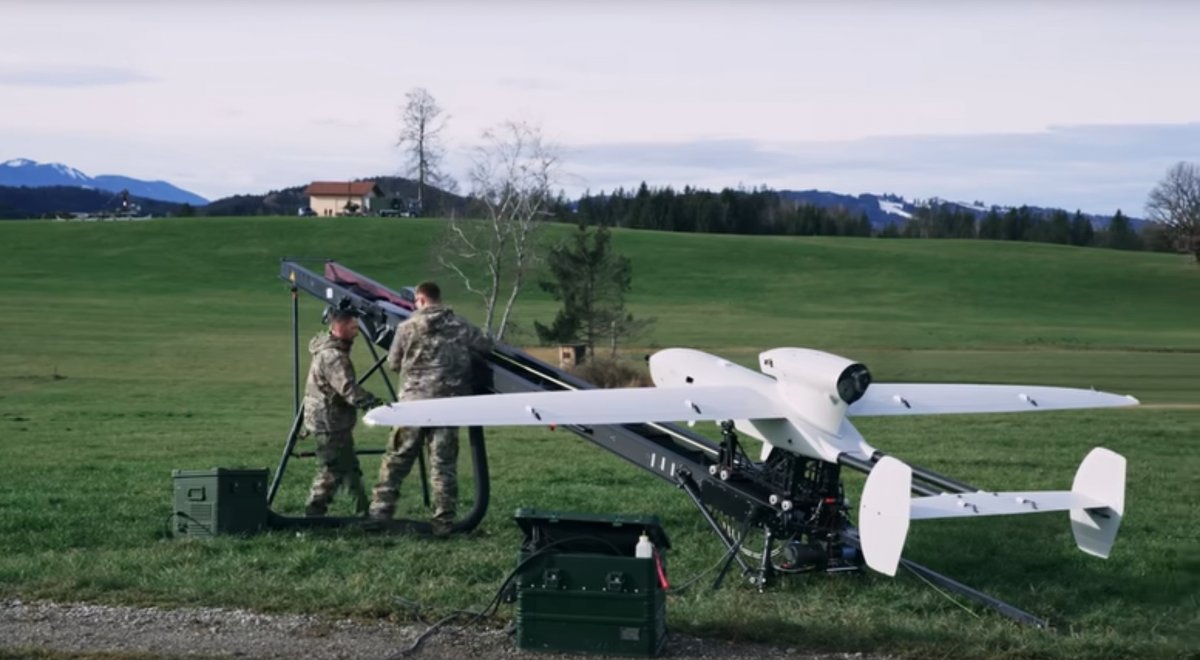Rheinmetall, a Düsseldorf-based armaments group, has developed a drone based on the Luna NG reconnaissance drone that acts as a carrier drone for several multicopters with grenades. These ejectable “payloads” are said to spot, control and destroy enemy weapons and kill opponents. Rheinmetall calls the linked weapon system a “game changer” for protecting troops and fighting “tactically relevant targets”.
The Hero-R guided missiles are perfect for ejectable ammunition, and they are being developed in cooperation with Israeli company Uvision. Rheinmetall describes the Hero family as remote-controlled precision ammunition that analyses possible targets and helps select the right timing, direction and angle of attack before performing a precise strike. The Hero system has “already proven its effectiveness against a variety of different targets,” such as infantry, moving light vehicles, tanks, enemy field fortifications, air defense systems, and critical infrastructure.
The Luna NG reconnaissance drone will serve as the carrier system. It has a wingspan of 5.30 m and a maximum take-off weight of 100 kg, and can stay in the air for up to 12 hours and fly up to 100 kilometers. The dropped rotorcraft grenades are designed to hit the target at 70 km/h, with up to ten minutes of dwell time over enemy territory. These flying warheads are small compared to the other models in the Hero family and should be used for attacks on trenches or individual squads of soldiers.
German armed forces have not yet procured smart weapons or developed armed drones, and Rheinmetall’s unique weapon system would be the first in the country. The Federal Ministry of Defense has not expressed interest in Rheinmetall’s developments but is capable of arming Heron TP-type military drones. Rheinmetall has been working on “loitering ammunition” for almost 20 years at the behest of the Bundeswehr, but the government cancelled the 2009 project due to financial constraints.



